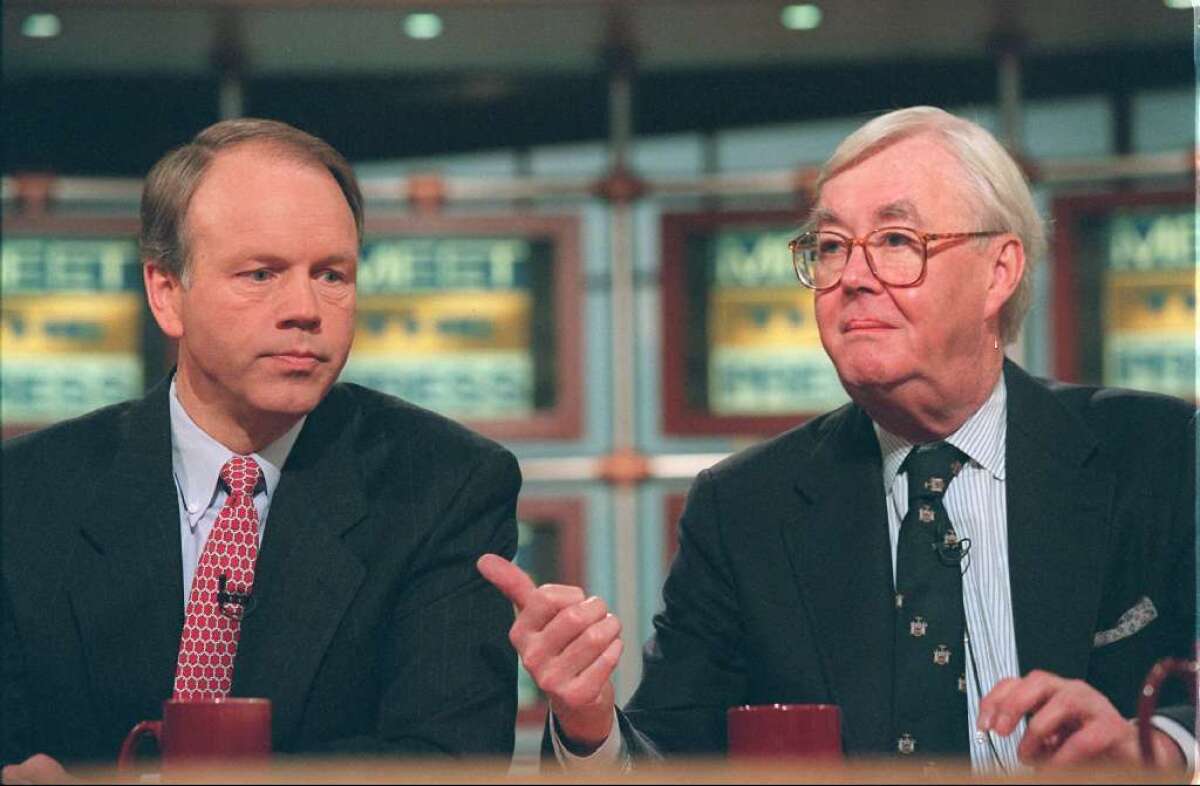Another way to harm Social Security: wreck its customer service

It’s no secret that if you really want to destroy a business, just hack away at its customer service. (Sears has been testing this axiom with considerable vigor.) The principle also holds true for government programs, which is why you should be very suspicious about the relentless budget-cutting at the Social Security Administration.
Mark Miller of Reuters brings us up to date on this underhanded campaign, which involves closing field offices by the score, satellite offices by the hundreds and service staff by the thousands. “Visitors to field offices waited more than 30 percent longer in fiscal 2013 than in 2012,” Miller reports. “Busy signals on the SSA’s toll-free customer assistance line (800-772-1213) doubled in fiscal 2013 over the previous year.”
As Nancy Altman, co-director of the advocacy group Strengthen Social Security, told Miller, this is part of “a raging fight by conservatives to get rid of the government’s footprint wherever possible.” And since Social Security has long been in their cross hairs, it’s unsurprising that a meat cleaver has been taken to its administrative budget. The budget request has been pared down in 14 of the last 16 years, Miller found.
The point when many people noticed the deterioration of customer service standards at Social Security came in 2011, when the program abruptly ended its mailings of annual statements to everyone who was making contributions. We blasted them for the folly of this move at the time.
What was especially fatuous was the agency’s assertion that the annual statements, which showed up in people’s mailboxes with such regularity you could almost set your watch (or at least your calendar) by them, could easily be replaced by an online service anyone could access by computer.
Of course, many people don’t have access to a computer as easily as they do to their mailbox, and fewer feel comfortable going online for private, personal information. Now Miller reports that only 10 million workers, a mere 6% of the total, have signed up to get their statements online. How predictable.
Social Security depends on public support, which can be hard to maintain when conservatives and fact-free TV anchorpersons natter constantly and inaccurately about its chances of survival. (Yes, Abby Huntsman, I’m talking to you.)
The main counterbalances to this steaming mound of misrepresentation have been the human beings staffing Social Security offices and help lines, and the annual statement. The statements told everyone making Social Security contributions how much they had paid year by year, how much they would be receiving upon retirement or disability, and how much would be paid as benefits to their spouses and dependents if they died unexpectedly.
That’s why the late Sen. Daniel Patrick Moynihan introduced the 1989 bill requiring the agency to send out annual statements -- his goal was to solidify the bond between American workers and the Social Security program by demonstrating that the money they paid in, week in and out, would yield tangible benefits.
The agency said in 2011 that eliminating the mailings would save $70 million a year. That sounded like a lot, but the agency actually was turning up its nose at a bargain. For a bit more than one half of 1% of its administrative budget, it was reaching out and touching everyone with a stake in the program.
The elimination of the annual statement makes it much easier for ideologues who have anything but workers’ best interests in mind to undermine that bond. So, too, does the squeeze on Social Security’s customer service and customer outreach. The more those services deteriorate, the less faith people have fundamentally in Social Security, which is the strongest, most successful public program Congress has ever enacted. So when the program’s customer services are slashed, think about who’s really being served by the void that remains.




